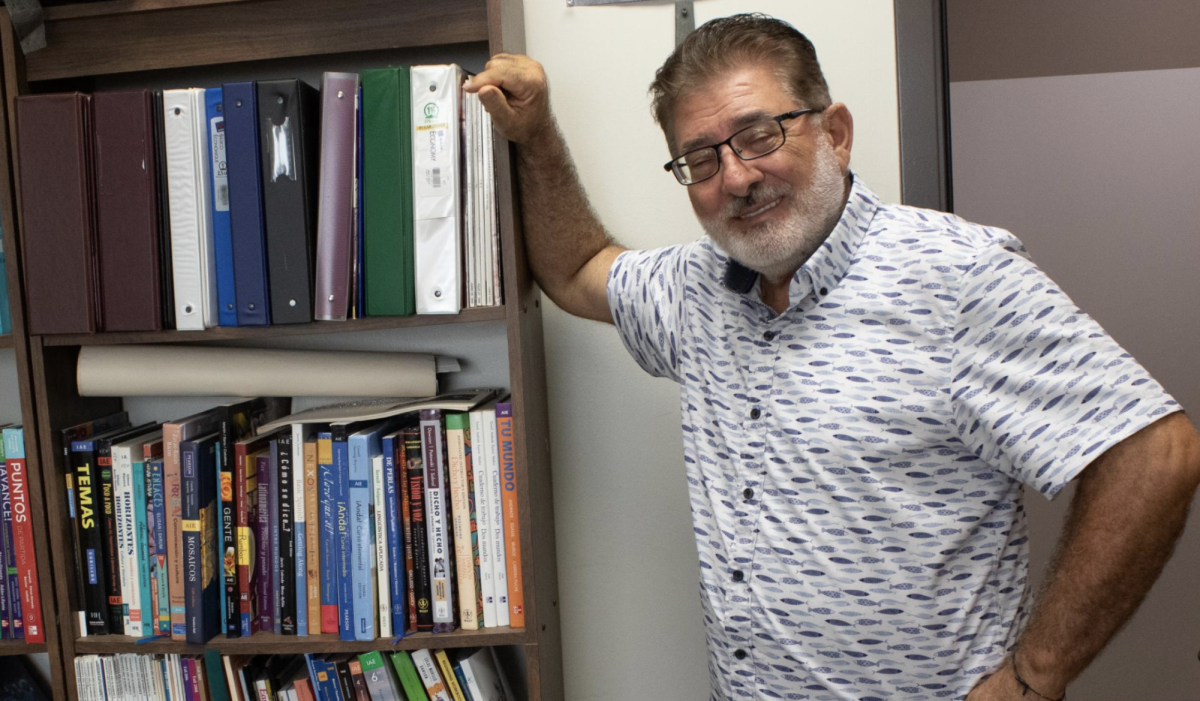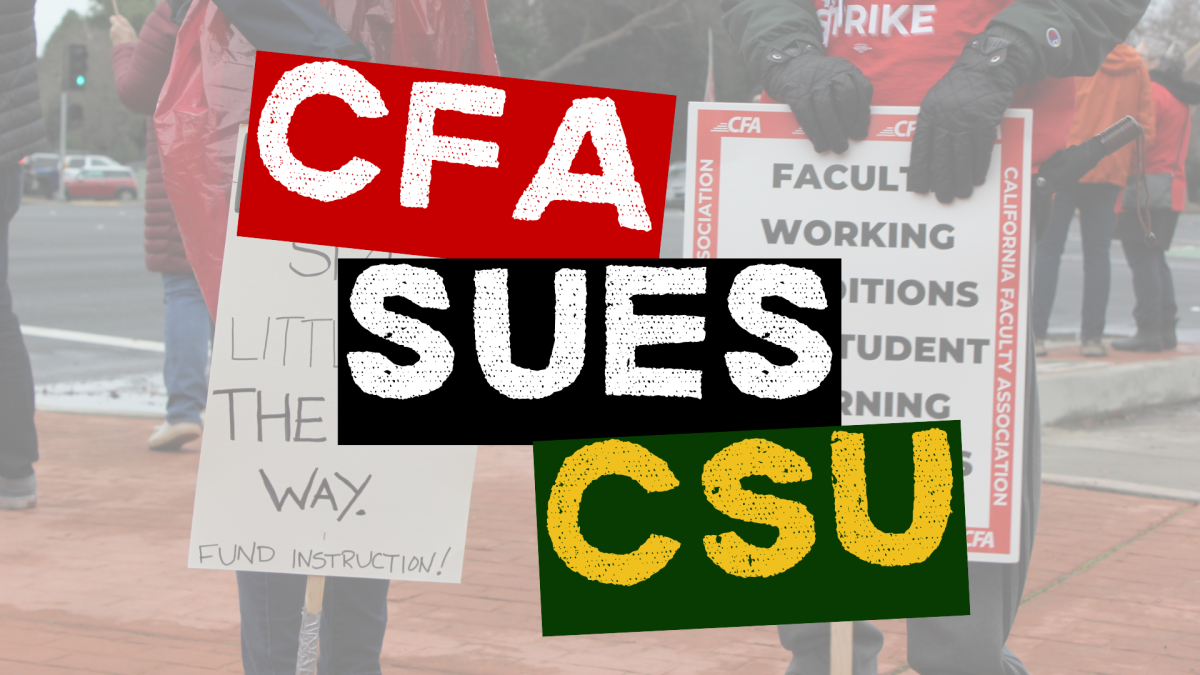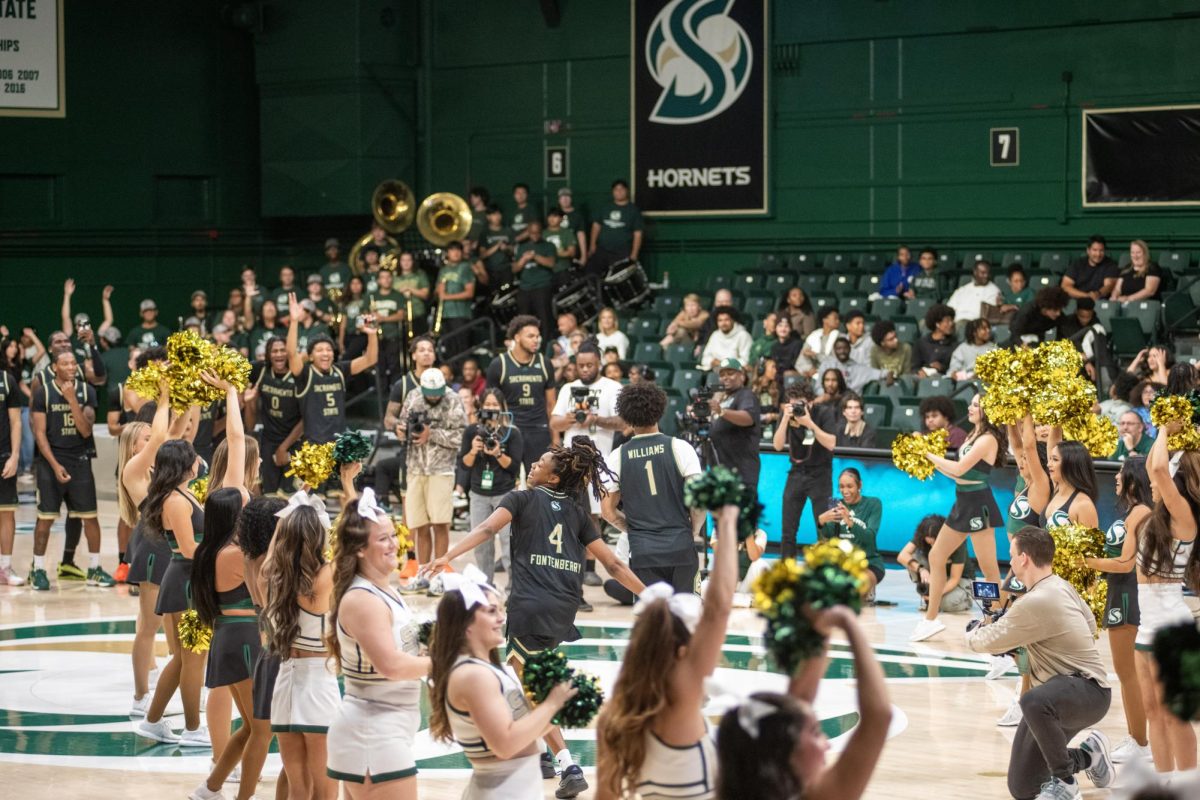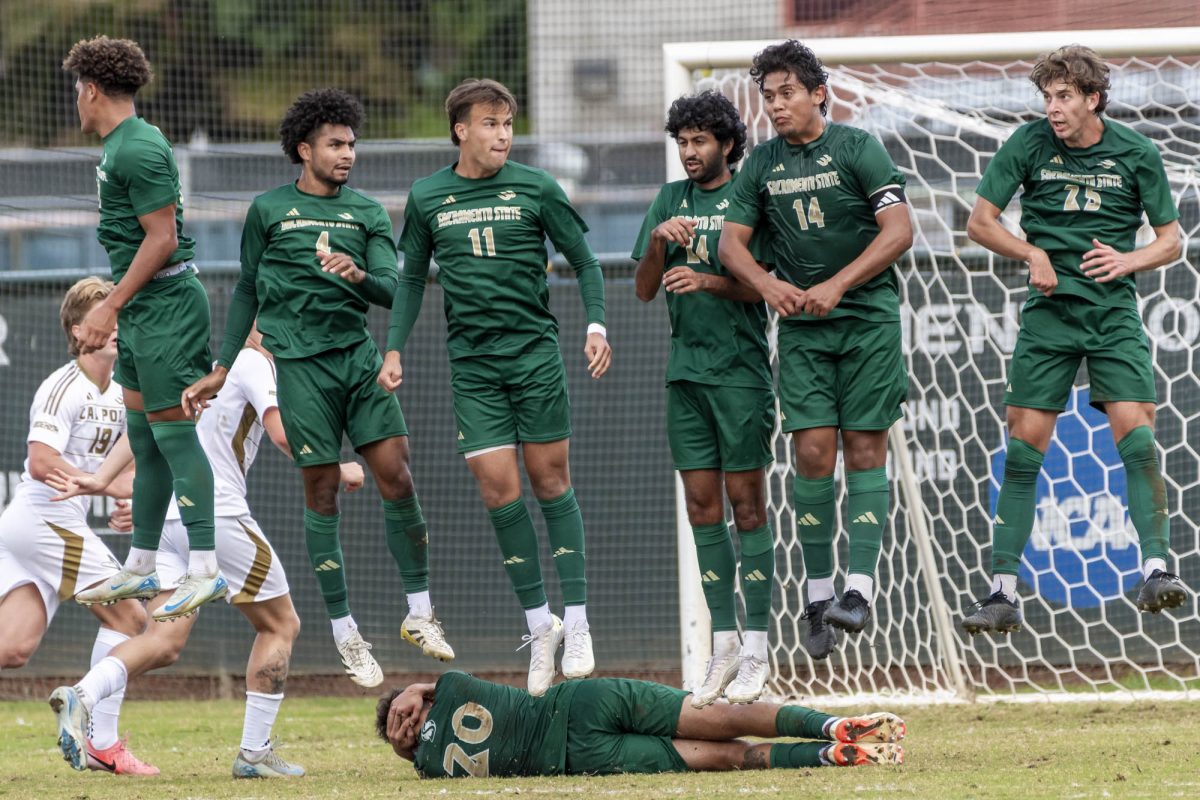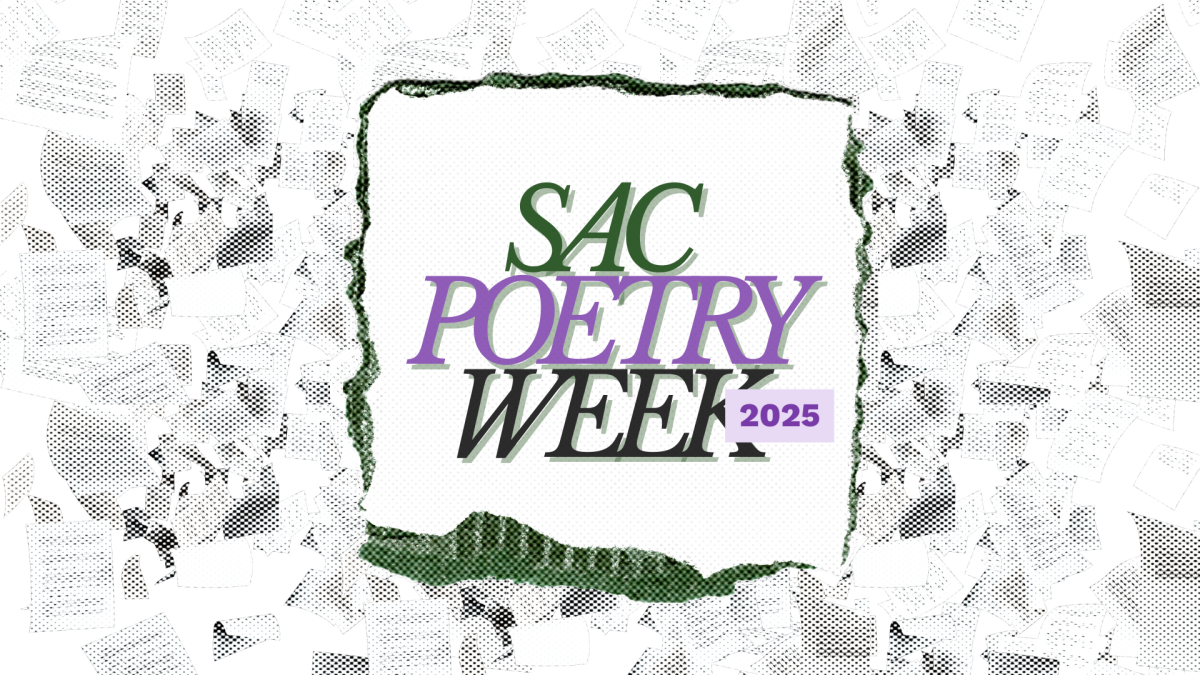Financing our future
September 3, 2009
As the new school year begins across this country, our employment outlook is bleak.
In this environment, higher education is essential to many who hope to find jobs in the new economy. And yet, as the government struggles with unprecedented deficits, one of the areas hardest hit is education. Especially when it comes to financial aid.
The federal financial aid program was created in 1965 with the passage of the Higher Education Act. Since it was created, conservative lawmakers such as Sen. John McCain, R-Arizona, have routinely voted against funding the program. According to ontheissues.org, a nonpartisan website, McCain also voted against $5 billion in grants to local educational agencies in 2005.
But McCain is not the only conservative who seems to be against financial aid. In 2008, Sen. Jim DeMint, R-S.C., voted against renewal of the Higher Education Act of 1965.
The argument against funding financial aid does not serve our best interests. When financial aid is cut, many of the people affected are from impoverished backgrounds.
Students such as Clarence George III, communications studies major, are seeking to break from generations of poverty.
“Financial Aid is a life saver for countless inner-city lives,” George said.
For many of these students, financial aid is essential for pursuing an education. At Sacramento State, more than 16,000 students depend on financial aid to cover the cost of their classes and books.
What conservatives like McCain and DeMint do not understand is that there are fewer and fewer jobs in the United States for workers possessing simply a high school diploma.
“If Financial Aid [were] not here, I would probably be robbing people.” George said.
According to the Bureau of Labor Statistics, people with college degrees have 1.4 million fewer citizens unemployed than those with only a high school diploma.
Realistically, people need to have more than a high school diploma to compete in today’s job market.
The problem with cutting financial aid is laid out by the U.S. Department of Education. In 2007, it was found that 57 percent of Sac State students received financial aid.
Also in 2007, federal aid was provided to students in the Sacramento area attending private universities such as Kaplan and the University of Phoenix. The professions taught in these private colleges, like computer technology, can change rapidly. As such, it makes little sense to use public money to fund these private colleges in such a crisis.
So many people are left behind because of their inability to get financial aid. This is the tragedy of the American education system.





